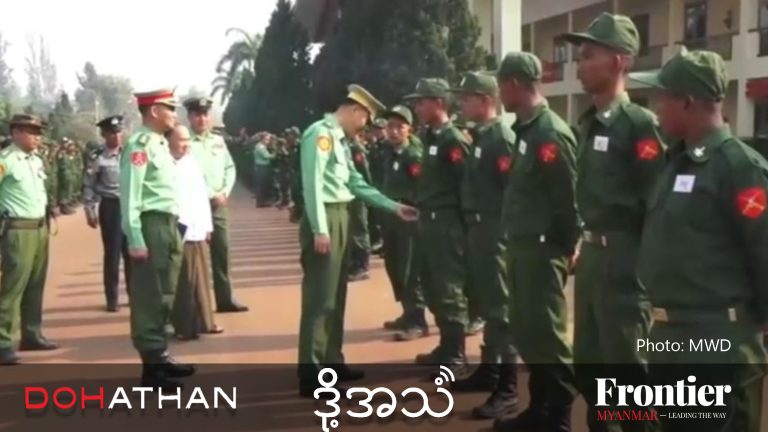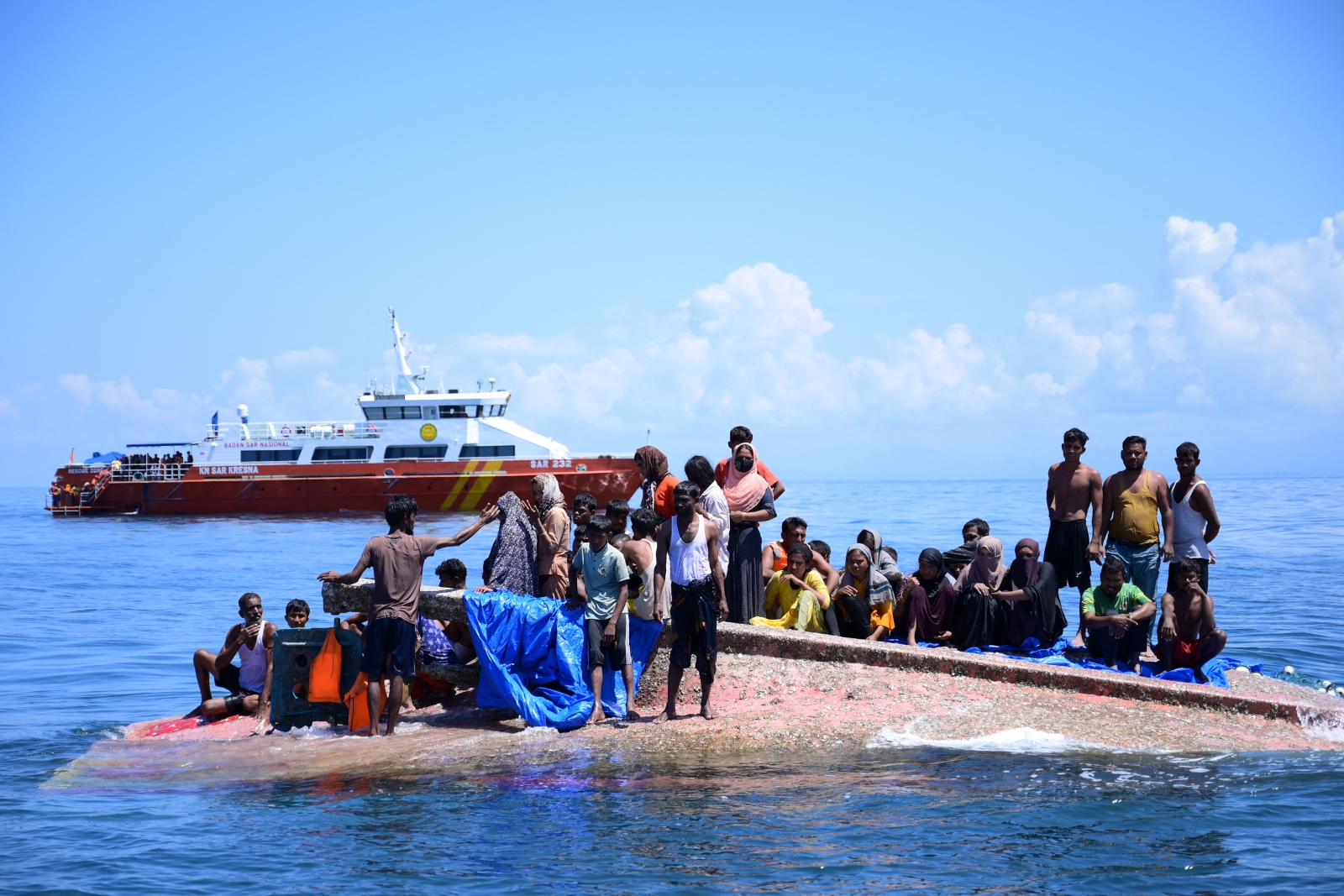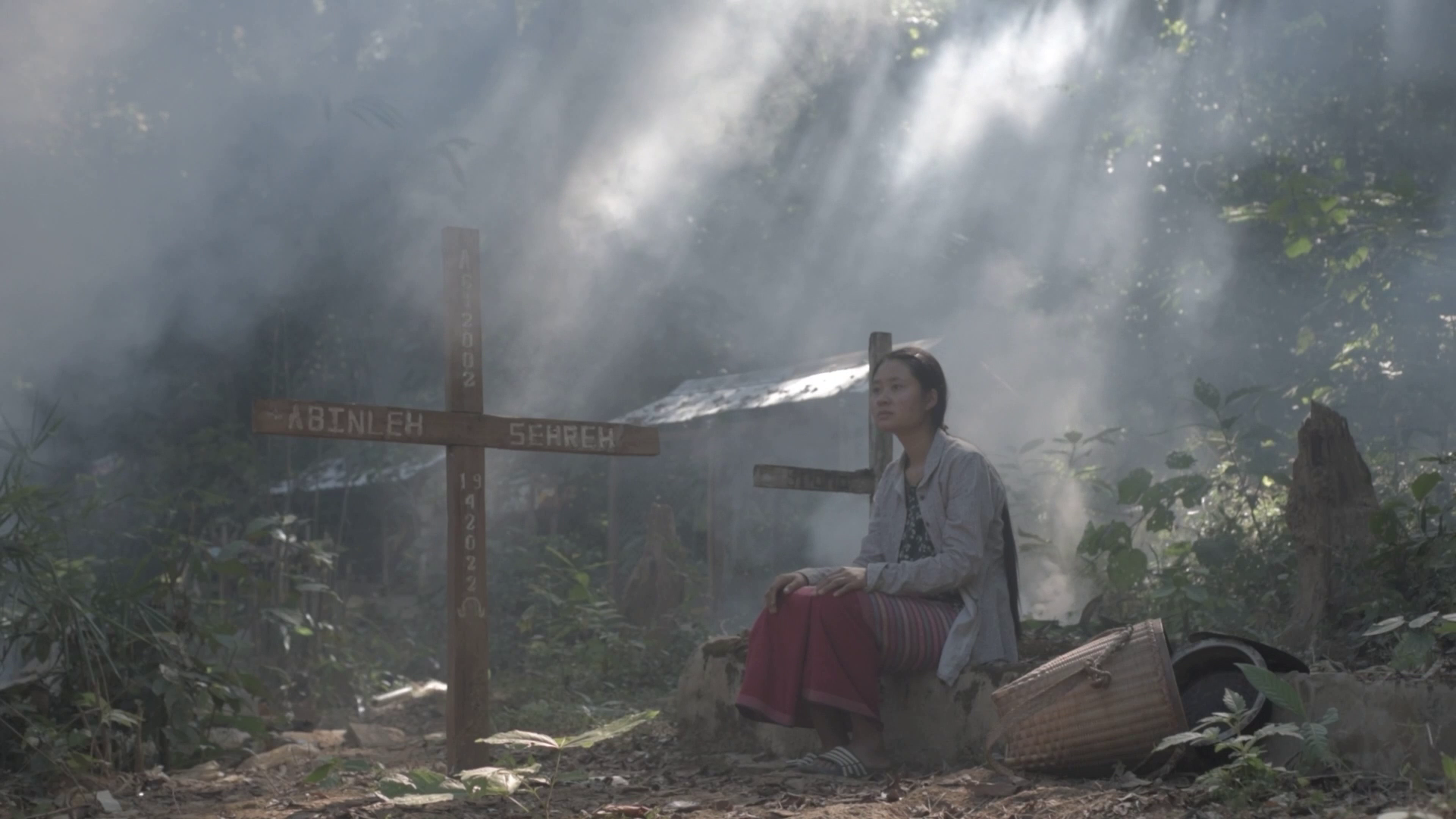OPINION
An overreliance on the junta for access and insufficient engagement with local actors has hampered the international response to Cyclone Mocha in Rakhine State. It’s time for a new approach.
By VICTOR
Rakhine is one of Myanmar’s poorest states, but it’s rich in disasters, both natural and man-made. More than 30 international nongovernmental organisations and United Nations agencies are based there, but while they have been conducting disaster risk assessments for years, their response to Cyclone Mocha has so far come up short.
Problems surfaced in the days leading up to the storm, when they did not do enough to protect the most vulnerable – particularly the 100,000-plus Rohingya who have been forced to live in camps in and around the capital Sittwe since being displaced by communal violence in 2012. These camps are in low-lying, coastal areas and the military still requires that their makeshift shelters are designed not to last, as a way to maintain the illusion that the camps are temporary.
UN agencies and INGOs directly implement their projects in these camps. Even if they were not able to evacuate people themselves, they could have supported civil society actors to do so. Instead, a UN press release published hours before the storm made landfall said that evacuations were “well underway through local authorities.”
In Sittwe, these “local authorities” work for a military which was found by the US government to have committed genocide against the Rohingya. A subsequent report by the Burmese Rohingya Organisation UK found that the military engaged in only “minimal efforts” to evacuate those confined in the camps, failed to provide safety messaging in their language, and did not give them permission to leave on their own.
When the cyclone hit, their flimsy housing was no match for winds reaching 250 kilometres per hour. More than 100 people have been confirmed dead, while hundreds more remain missing.
Now, in the face of critical needs in cyclone-affected areas, international humanitarian actors are struggling to respond – waiting for weeks for the military to authorise their access, only to see the military revoke this access last Wednesday, just a day after granting it.
The military is the main culprit for these problems, but there are structural flaws in the international humanitarian response that undermine relief efforts.
First, the nature of international aid in Rakhine is to do assessments, then analysis, and then prepare a proposal and advocate for funding. This takes far too much time for an urgent situation like Cyclone Mocha.
Second, international humanitarian actors haven’t done enough to move away from direct provision of aid toward implementation through local organisations, while their stringent compliance and documentation requirements are barriers for smaller groups to obtain funds.
Third, the international coordination mechanism is not inclusive enough. Even local implementing partners are often left out of meetings or not encouraged to participate fully.
Fourth, the funds allocated for emergency response are not maximised to address the greatest needs. Despite multimillion-dollar international budgets, many local responders on the ground have to crowdfund basic expenses.
Fifth, international humanitarian actors continue to make significant compromises in their attempts to achieve access through the junta, which deliberately blocks their access anyway.

This is not new. After Cyclone Nargis hit the Ayeyarwady Delta in 2008, the military also obstructed international aid, contributing to a death toll of over 130,000 people. One decade later, it blocked humanitarian access to areas where it had conducted its deadly “clearance operations” against the Rohingya.
It then denied humanitarian access to townships where it was fighting the Arakan Army, and since the coup, extended these restrictions across the country to areas contested by armed resistance groups. Although many civilians flee to these areas in search of safety, international aid often fails to reach them.
Still, international humanitarian actors haven’t significantly changed their approach. They still release statements of concern and condolences, but while they negotiate with the military for access, civilians are left waiting in dire need, budgets remain underspent, and stocks sit expiring in warehouses.
In these circumstances, international humanitarian actors’ continued engagement with the junta, along with their limited engagement with resistance actors, goes against the core humanitarian principle that suffering must be addressed wherever it’s found, with particular attention to the most vulnerable.
It’s true that they are in a difficult position. The military requires organisations to register with it and prohibits them from operating in areas outside its control or communicating with resistance actors. It has arrested and even killed relief workers for doing so.
Delivering aid through a neighbouring country would also be difficult in Rakhine, whose nearest neighbours, Bangladesh and India, maintain diplomatic ties with the junta. International humanitarian actors may also hesitate to work with the AA or its political arm, the United League of Arakan, due to possible retaliation from the regime. They may also worry that the group would discriminate against the Rohingya, although its public messaging indicates efforts to include them in its cyclone response.
But these challenges should no longer be an excuse for continuing down the same dead-end path. Instead, humanitarian actors should change the way they look at access. Rather than focusing on direct physical presence, they must strengthen technical and funding support to local actors – an approach known as localisation. This could not only enable them to more effectively reach affected populations, but also encourage more people to work for local organisations currently struggling to offer competitive salaries.
International humanitarian actors must also consider armed resistance groups as viable humanitarian partners, and look for creative ways to work with them. In Rakhine State, the ULA/AA controls much of the rural central and northern areas and has dramatically scaled up its provision of public services over the past two years.
It has also established its own Humanitarian and Development Coordination Office, which in response to the cyclone, has overseen the evacuation of tens of thousands of people, rebuilt homes and infrastructure, established clean water sources, and provided mobile healthcare for affected communities.
Rakhine’s local actors are ready to join hands with international aid groups in the cyclone response. On May 16, the HDCO directly appealed for international assistance. And on May 29, a network of Rakhine CSOs released a statement asking UN agencies and INGOs to coordinate and cooperate with them in the design and delivery of relief.
On May 23, the UN launched its own “flash appeal”, requesting US$333 million to support a “race against time” to assist affected communities. At a time when every moment lost can be a loss of life, international humanitarian actors must change the way they work in Rakhine, or the resources they have invested for humanitarian aid will not reach the people most in need.
Victor is a pen name for a humanitarian worker from Myanmar with more than 10 years of experience working in the international aid sector as well as engaging with ethnic armed organisations.
Written with support from Emily Fishbein, a freelance journalist focusing on Myanmar. Previously, she worked in the international humanitarian sector, including in Rakhine.







